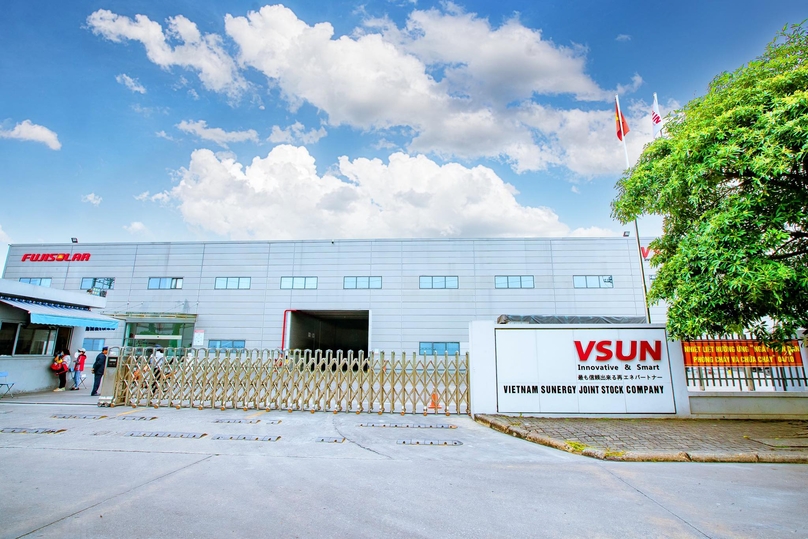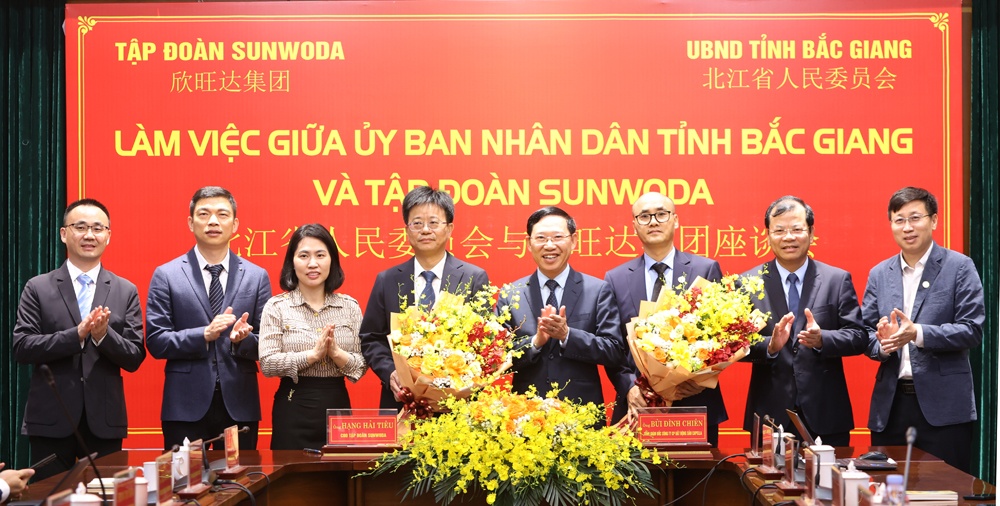Former U.S. President Donald Trump has returned to office with a renewed focus on protectionist trade policies, including new tariffs of 25% on imports from Mexico and Canada and 10% on Chinese goods, effective February 4, 2025. These measures, covering $1.6 trillion in trade, mark a major shift in U.S. economic policy with potential global consequences—including for Vietnam.
Trump’s “America First Trade Policy”, announced on his first day back in office, reinforces his long-standing belief that tariffs protect the U.S. economy. He has previously threatened even higher tariffs—up to 60% on Chinese goods—and has pushed for a bilateral over multilateral trade approach.
The new tariffs have already sparked retaliation from major trading partners:
China plans to challenge the tariffs at the World Trade Organization (WTO) and is preparing unspecified countermeasures.
Rising trade tensions could disrupt global supply chains and slow economic growth. The Pacific Economic Cooperation Council (PECC) predicts that Asia-Pacific growth could decline from 3.4% in 2024 to 2.9% over the next few years.
Additionally, Trump’s trade policies complicate inflation control—while he pushes for lower interest rates, tariffs tend to increase costs and delay monetary easing. Experts warn that these conflicts could lead to stagflation (low growth with high inflation) in the U.S. and recession risks for Canada and Mexico.
Vietnam, the U.S.’s largest trade partner in ASEAN, must closely monitor these developments. The U.S. accounted for 30% of Vietnam’s total exports in 2024, with a $104.6 billion trade surplus—one of the highest after China and Mexico.
The Vietnamese Ministry of Industry and Trade has prepared contingency plans, including market diversification and policy adjustments to mitigate risks.
To navigate uncertainties, Vietnam must:
Despite the challenges, Vietnam’s economic fundamentals remain strong, with public debt below 40% of GDP and a strategic position in global trade. By focusing on long-term sustainability, smart diplomacy, and adaptability, Vietnam can turn challenges into opportunities while maintaining its economic momentum in 2025 and beyond.
On August 3rd, Taseco Real Estate Investment Corporation, a subsidiary of Taseco Group, held a groundbreaking ceremony for the "Construction and Infrastructure Business of Đồng Văn 3 Support Industrial Park," located east of the Cầu Giẽ - Ninh Bình expressway. The event was attended by Deputy Minister of Construction Nguyễn Tường Văn, Hà Nam's Deputy Secretary Đinh Thị Lụa, Provincial Chairman Trương Quốc Huy, and 500 distinguished guests.
Vietnam kicked off 2025 with a strong surge in foreign direct investment (FDI), reaching $4.33 billion in January—a 48.6% increase from the same period last year. Despite a slower start in new projects, additional investments and stake acquisitions skyrocketed, highlighting growing confidence from foreign investors.
Vietnam Sunergy Wafer, a Japan-invested solar cell manufacturer, is set to begin production at its $30 million factory in Hung Yen province this June. According to a project report, the company aims to finalize administrative procedures by May and install equipment in June, preparing for full-scale operations. The plant spans 2.65 hectares in Minh Quang Industrial Park and will focus on producing silicon wafers, a critical component in solar cells.
The Foreign Investment Agency released data on newly registered, adjusted, and capital contributions or share purchases by foreign investors (FDI) after nine months of 2024.
The Secretary General and Chairman of the Office of the National Assembly, Lê Quang Tùng, recently announced the top 10 notable events and activities of the National Assembly in 2024. Among these, three significant laws with a direct impact on the real estate market were prominently featured.
Sunwoda will pour an additional $300 million into the manufacturing facility in Yen Lu Industrial Park. The project will employ 5,000 local workers and generate $1 billion in revenue per year. Sunwoda will continue to make additional investments in the next stages based on its upcoming growth in Vietnam





